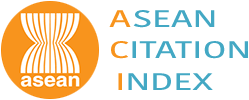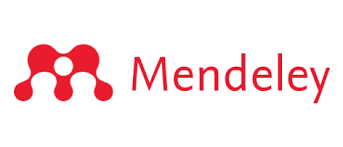Publication Ethic
Publication Ethics Statement
The Journal covers all the experimental, clinical diagnostic and therapeutic aspects of obstetric and gynecology discipline. It includes papers relating to the basic sciences and medical problems on fetomaternal, fertility reproductive endocrinology, gynecologic oncology, urogynecology and sosio obstetric and gynecology. Indonesian Journal of Obstetrics and Gynecoly (INAJOG) is a journal aims to publish original research papers, review articles, case studies, and opinions focused on obstetrics and gynecology and also the biology reproduction as well as related topics which provides insight into the physiology, mechanism, diagnosis, treatment, prediction and prevention of obstetrical and gynecological disorders that has neither been published elsewhere in any language, nor is it under review for publication anywhere. This following statement clarifies ethical behavior of all parties involved in the act of publishing an article in this journal, including the author, the editor and the reviewer
- Editorial Board
- Journals should have editorial boards or other governing bodies whose members are recognized experts in the field. The full names and affiliations of the members should be provided on the journal’s Web site.
- Journals shall provide contact information for the editorial officeon the journal’s Web site.
- Authors and Authors responsibilities
- The research being reported should have been conducted in an ethical and responsible manner and should comply with all relevant legislation.
- Authors are obliged to participate in peer review process.
- All authors have significantly contributed to the research.
- All authors are obliged to provide retractions or corrections of mistakes.
- Forbidden to publish same research in more than one journal.
-Authors must avoid duplicate publication, which is reproducing verbatim content from their other publications. Authors should not submit and also expected will not publish redundant manuscripts or manuscripts describing same research in more than one journal.
- Peer-review process
- All of a journal’s content should be subjected to peer-review.
- Peer-review is defined as obtaining advice on individual manuscripts from reviewers’ expert in the field.
- It should be clearly described on the journal’s Web site.
- Judgments should be objective.
- Reviewers should have no conflict of interest.
- Reviewers should point out relevant published work which is not yet cited.
- Reviewed articles should be treated confidentially.
- Publication ethics
- Publishers and editors shall take reasonable steps to identify and prevent the publication of papers where research misconduct has occurred.
- In no case shall a journal or its editors encourage such misconduct, or knowingly allow such misconduct to take place.
- In the event that a journal’s publisher or editors are made aware of any allegation of research misconduct the publisher or editor shall deal with allegations appropriately.
- The journal should have guidelines for retracting or correcting articles when needed.
- Publishers and editors should always be willing to publish corrections, clarifications, retractions and apologies when needed.
before the manuscript being published, authors asked to complete the administrations below
1. Author's Statement
2. Plagiarsm check results
download here












